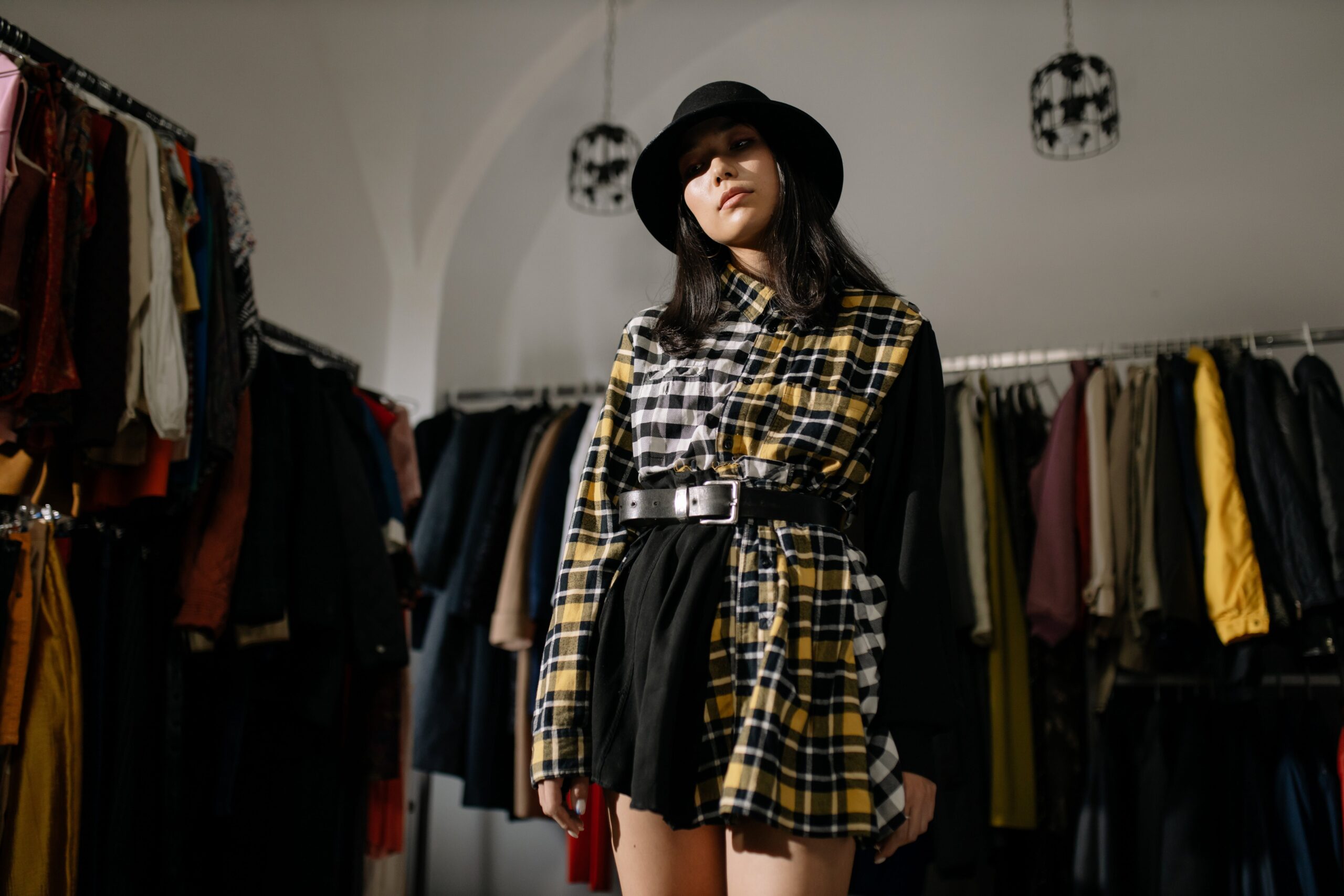There is nothing like the smell of a newly unwrapped designer bag or the excitement of unboxing a pair of shoes ordered online. Only shopaholics (yes, including yours truly) would understand the total satisfaction that seeps into one’s soul when the magic words ‘order processed’ appear on a screen. It has a certain ring to it, doesn’t it?
So, then why would anyone ever want to make a purchase of a pre-loved fashion item? After all, this is just an overused euphemism for ‘second-hand.’ It simply doesn’t make sense that people who thrill at a brand-new purchase will feel the same level of satisfaction when ordering a pre-loved item.
But this doesn’t seem to hold true anymore. Now the trend seems to be changing in how people perceive pre-loved fashion items. According to statista.com 60% of respondents in a survey admitted to having purchased at least one pre-loved item in the last year in the USA, a figure that has increased from 49% in 2019. In the UK, 25% of customers admitted to purchasing second-hand fashion in 2021. Statista also predicts that the second-hand fashion market is set to reach $84 billion in value by 2030.
What’s the hype about?
There are a few reasons why fashionistas and even retailers are opting for second-hand fashion products now more than they used to. One such reason (and a significant one) is today’s young generation wanting to play their part in saving the environment by recycling or upcycling clothing items and accessories. With the advent of progressive, far-sighted young people like Greta Thunberg speaking out against global warming to the environmentally-conscious to the average high schooler, the younger generation out there is making a mark in changing the world for the better.
However, according to The Guardian online, the younger generation has always been keen on second-hand fashion, while the older generation was slow to join the bandwagon. But now, they too are choosing to shop in the second-hand market because there are great deals available in ordinary shops at present that were previously confined to second-hand charity shops. Therefore, the stigma associated with shopping second-hand is now slowly diminishing and pre-loved fashion is being normalized.
They also show that bigger retailers who earlier did not want to be associated with the second-hand market are now happy to carry these items because there has been a great push for the fashion industry to become environmentally conscious. In a report published by the United Nations Environment Programme and the Ellen MacArthur Foundation, the greenhouse gas emissions of the fashion industry could increase by a whopping 50% by 2030! Therefore, even big fashion retailers are determined to reuse and recycle in a bid to reduce their carbon footprint.
Of course, the environment cannot be given all the credit for this change in mindset. Research also shows that celebrities have been ever-ready to purchase vintage pieces and strut them on the red carpet, thereby persuading their followers to do the same. The term ‘vintage’ has an exoticism attached to it that somehow surpasses the banality of ‘second-hand’ and makes fashion pieces seem unique and sought after. Perhaps, it’s all in the lingo!
Furthermore, a great deal of the taste for pre-loved fashion has been spurred by the Covid-19 pandemic lockdowns where people had much time on their hands and began cleaning out their closets. Thus, excess clothing found its way to the online market, creating a special space for pre-loved fashion pieces that could be bought for less. Another sub-issue stemming from the pandemic which was the loss of jobs, reduced wages and lower disposable income also contributed to people selling their clothes and accessories online, which then created a market for those items among those who had equally low disposable income.
However, this is not to say that pre-loved fashion is only about cheap purchases and lack of finances. As suggested earlier, the vintage fashion market (the fancier name) is picking up mainly because of celebrity endorsements and we know that they are certainly not financially strapped. In addition to this, vintage fashion is becoming so popular because people are no longer interested in purchasing from mass-designed productions and are becoming more attuned to unique designs, colours and styles. Interestingly, what appeared to be a niche market several years ago, is now becoming the mainstream because people are more fashion-conscious and environmentally-conscious. To use quite a tired idiom here, this is the perfect example of killing two birds with one stone.
Finally, an important reason why the pre-loved fashion market is on the rise is that it offers high-end brands at reasonable prices that can still be strutted in social circles as if they are brand new. When people who can afford to splurge on branded clothing and accessories do so, use them for a while and then want to declutter, they often part with such items for much less than they purchased them for. Ultimately, someone’s trash (so to speak) becomes another’s coveted treasure.
The benefits abound
Being environmentally conscious and decluttering leads to a healthy mindset and a healthy planet. To add to the former is the reduced use of raw materials and resources to manufacture brand-new fashion products. Overall, money is saved, fashion is elevated because it is reinvented, and the earth becomes a cleaner place to live. So, all in all, pre-loved fashion is something to embrace because it is changing the way we think and feel in a way that impacts the greater world around us for the better. Meeting fashion industry goals – check!
(Anouk De Silva)
